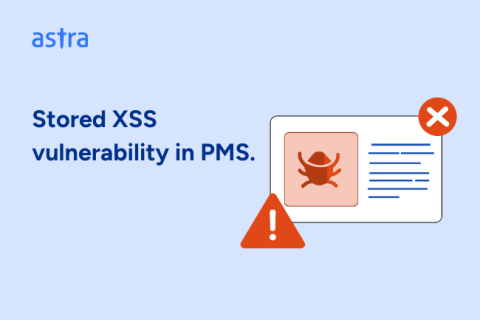Top 8 Vulnerability Management Challenges and How to Overcome Them
The State of Application Security report shows that over 2.37 billion attacks were blocked on AppTrana WAAP from April 1, 2024, to June 30, 2024. Attacks targeting vulnerabilities surged by 1,200% in Q2 2024 compared to last year, an alarming fact. This sharp rise highlights that vulnerabilities are the prime target. Moreover, they are now easily exploitable thanks to readily available scripts on known vulnerabilities. This could be because of rapid adoption of AI and LLM models even among hackers.











